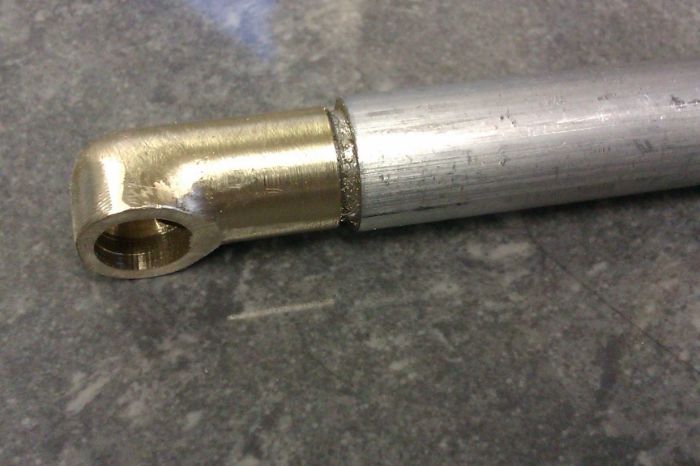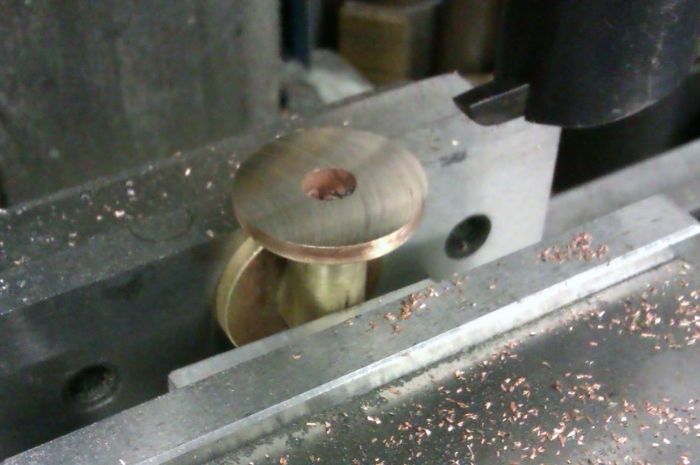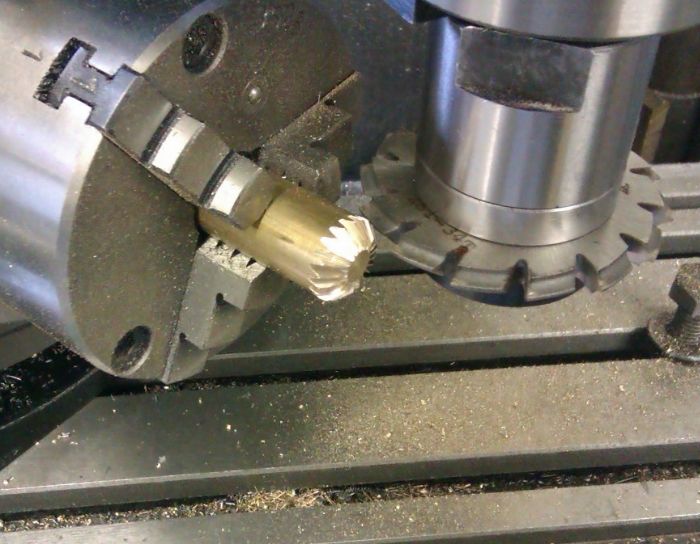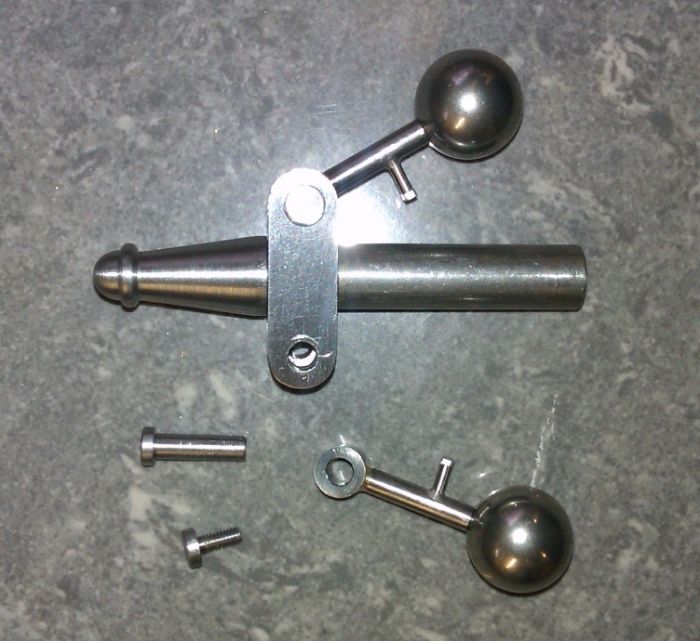I missed out a few photos of the next stages but this is what I have.
The parts for the regulator valve prior to soldering.
The profile of the valve handwheel was machined on the lathe before transfering to the R/t to first cut the spokes
And then remove the waste
While the R/T was set up I used it to cut the two large radii on the stuffing gland
I decided to use commercial balls for the governor, these are 303 stainless and reasonably easy to drill in their supplied state. A split collet was used to hold them for drilling
These were loctited to the arms, I also made the small tee shaped legs that stop the balls dropping too far
As this engine is only likely to run on air I added a finishing touch with some "Slaters" letters, these are 2mm high
And here are a few shots of all the bits fitted together, the eagle eyed of you (Jo) will also spot the bracket to support the other end of teh governor drive shaft.
J
















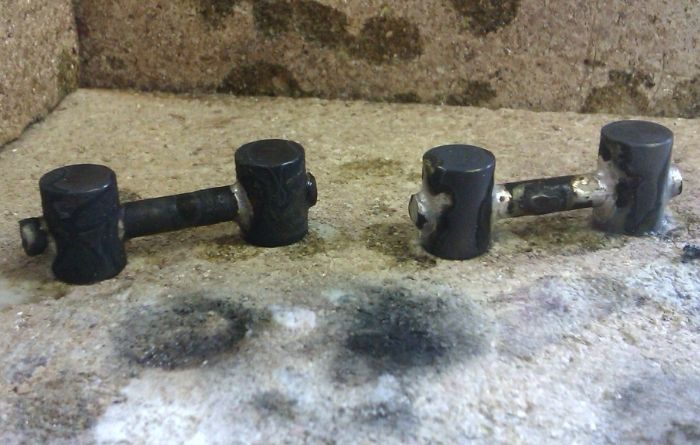



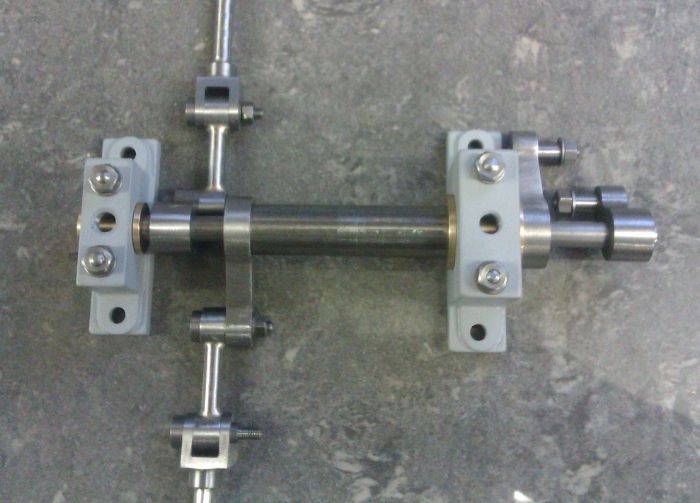





![MeshMagic 3D Free 3D Modeling Software [Download]](https://m.media-amazon.com/images/I/B1U+p8ewjGS._SL500_.png)

















































![DreamPlan Home Design and Landscaping Software Free for Windows [PC Download]](https://m.media-amazon.com/images/I/51kvZH2dVLL._SL500_.jpg)







